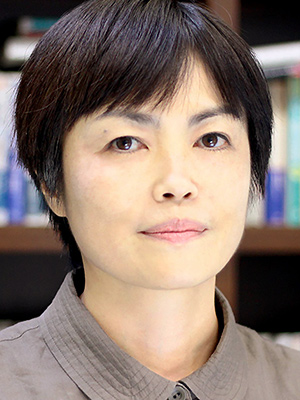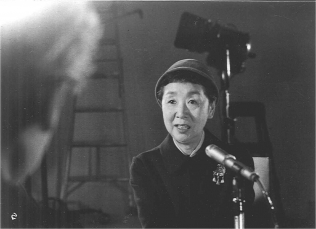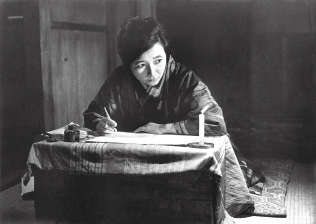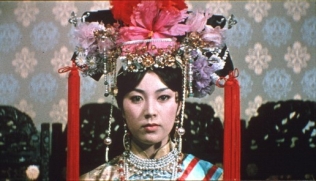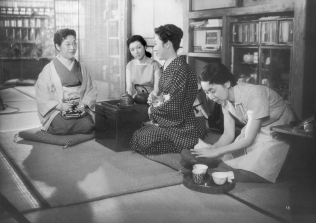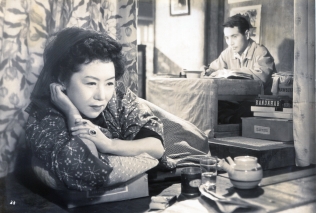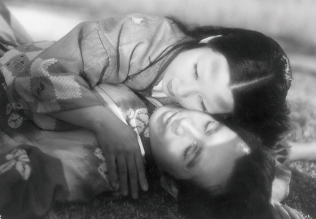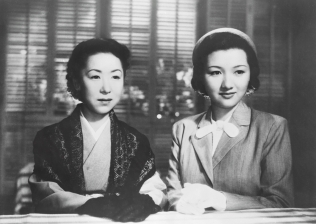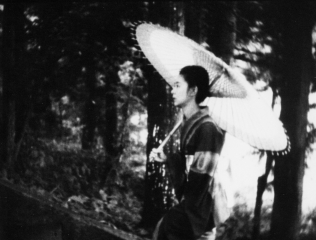Reflecting on the Course of Actress Tanaka Kinuyo, Japan's Second Female Director
At Kinema Junpo where I worked at the time, there was an archive collecting all the copies of this magazine since before the war. Late at night when everything settled down, I would love going there to read past issues of 'Kinema Junpo'. The reason being is when I thought about what should be done in the future, the trends of cinema, and the shift in interests of people who pick up the magazine, the already near 80 year history of 'Kinema Junpo' was an invaluable database.
In this way, I received advice through the magazine from my predecessors and something had caught my interest. Female screenwriters and directors received unbalanced scrutiny from a disposition deviating from film reviews which were also written in articles. There were people who published rebuttals in different publications, but during the age directors ruled supreme it must have been considerably difficult for actors to speak out. Without counterarguments, I felt more than a few such reviews took root.
Tanaka Kinuyo had also been in that situation. As an actress who started acting in films from the silent era at Shochiku's Shimogamo Film Studio, she succeeded Kurishima Sumiko and took the world by storm. She created numerous masterpieces with directors such as Shimazu Yasujiro, Gosho Heinosuke, Shimizu Hiroshi, Ozu Yasujiro, Mizoguchi Kenji, Naruse Mikio, Kinoshita Keisuke, Ichikawa Kon, and Kumai Kei among others.
When Tanaka portrayed a woman no matter her social position, I came to empathize with her. In "A Hen in the Wind" she played a wife who sells her body one time to pay for her child's hospitalization fees as she awaits the return of her soldier husband. "Lady Oyu" saw her play a widow of a merchant family who takes an interest in her sister's husband. She was a woman whose life is upturned by the circumstances of her family and ends up ruining herself in "Life of Oharu". For "Sandakan No.8" she was an elderly woman who at one time worked as a prostitute in Borneo.
The first time she directed a film was 1953. That same year, she learned direction on the set of Naruse Mikio's "Older Brother, Younger Sister" and proceeded to make "Love Letters". Thus she became Japan's second female director. Her thoughts on this first directorial work was covered in 'Kinema Junpo'. The interviewer was film critic Kishi Matsuo. The two worked together in "Ginza Cosmetics" on which Kishi was the screenwriter. They had most likely been old acquaintances on good terms, but seeing the objective to have her say she vents her frustrations as an actress through directing or to make her say directing is difficult for women that is evident between the lines of the article was disappointing to see.
Tanaka brought forth six films onto the world. One among them, "The Moon Has Risen", had been beleaguered by the Five-Company Agreement, but I regard all of them more positively than their reviews at the time. Yes, there are more opportunities now than in the past to watch the films in which she has appeared and those she has directed. The era prioritizing published writings has already passed, consequently there is no need to be tied to the praise of predecessors. I urge you on your own conviction to enjoy the worlds of Tanaka Kinuyo.

